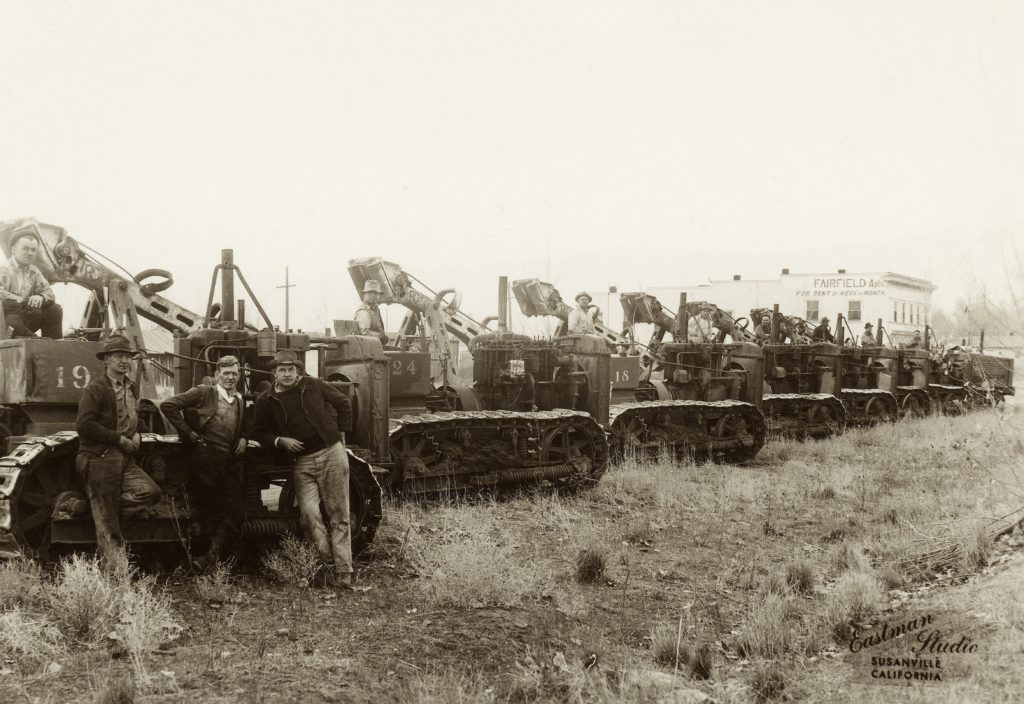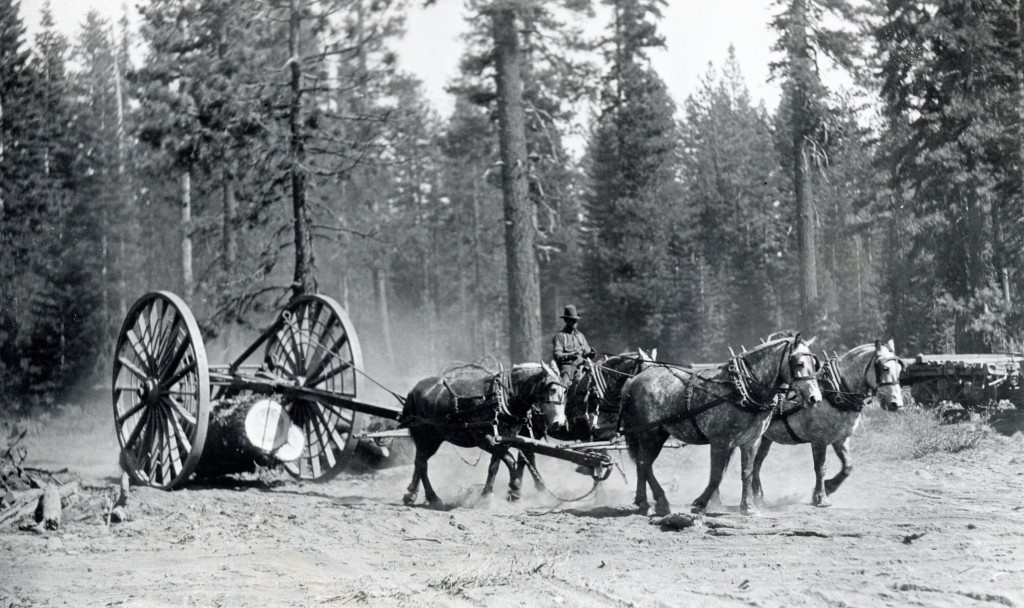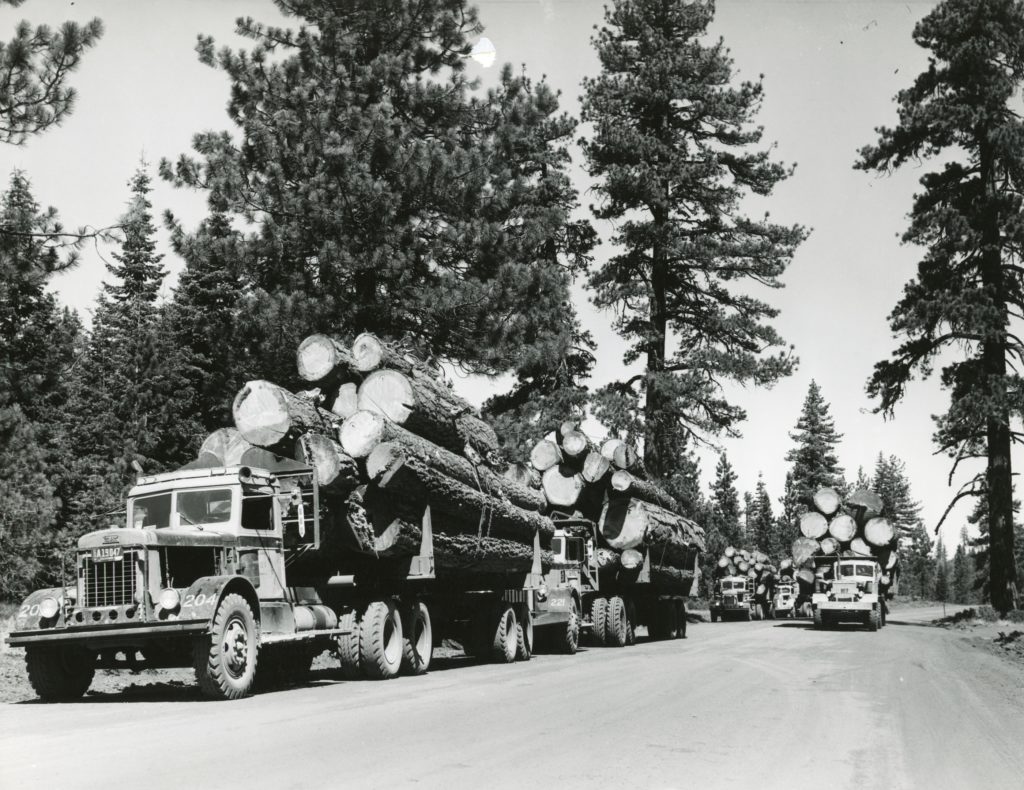
Each of these wars had major impacts, not just isolated to the timber industry.
The development of tractors in World War I was significant. The modifications of the Holt Best Tractors made way for Caterpillar to incorporate these innovations. Within a decade after World War I, tractors basically had replaced horses using Big Wheels.

In the 1930s witnessed the introduction of truck logging, albeit on a small scale. This was mainly done by small independent contractors, knowns as gyppos. The technology that made improvements for tractors, was now being done in World War II with large trucks to transport to move goods and logs was one of those commodities. .

In the end, eventually, truck logging became more efficient than a railroad logging train. It was a slow integration with reload stations. More about that tomorrow, from a blast from the past column.
Subscribe